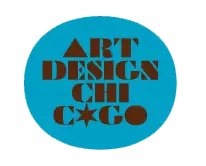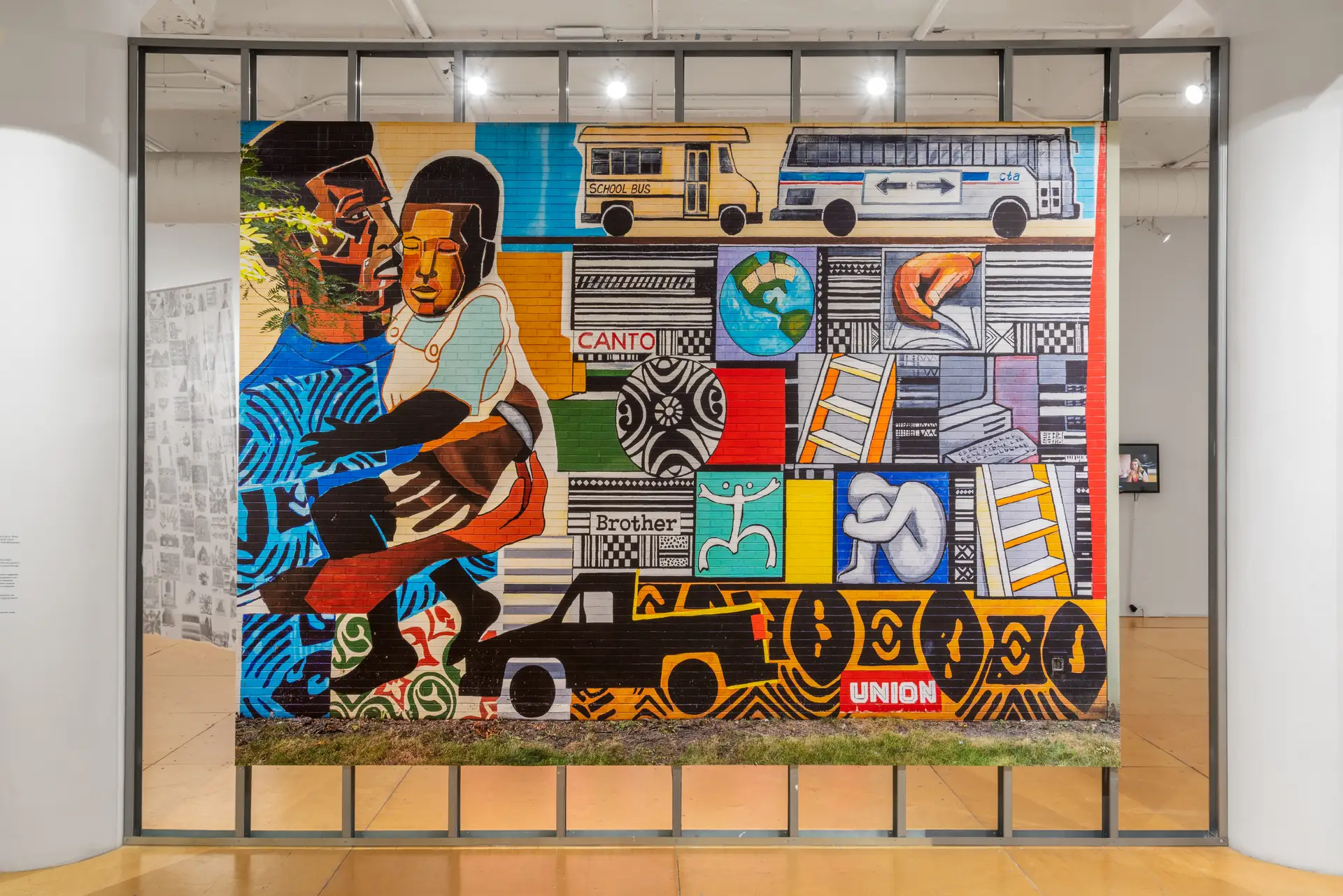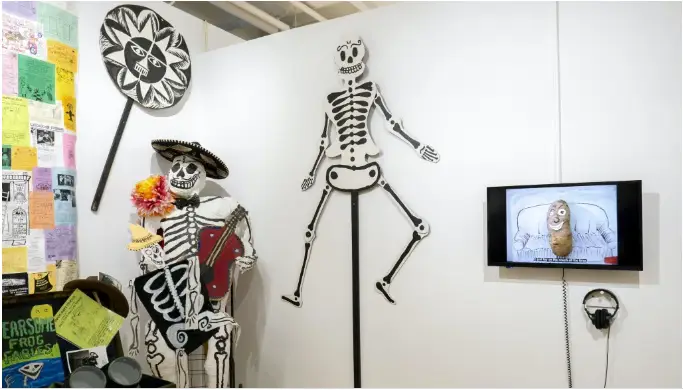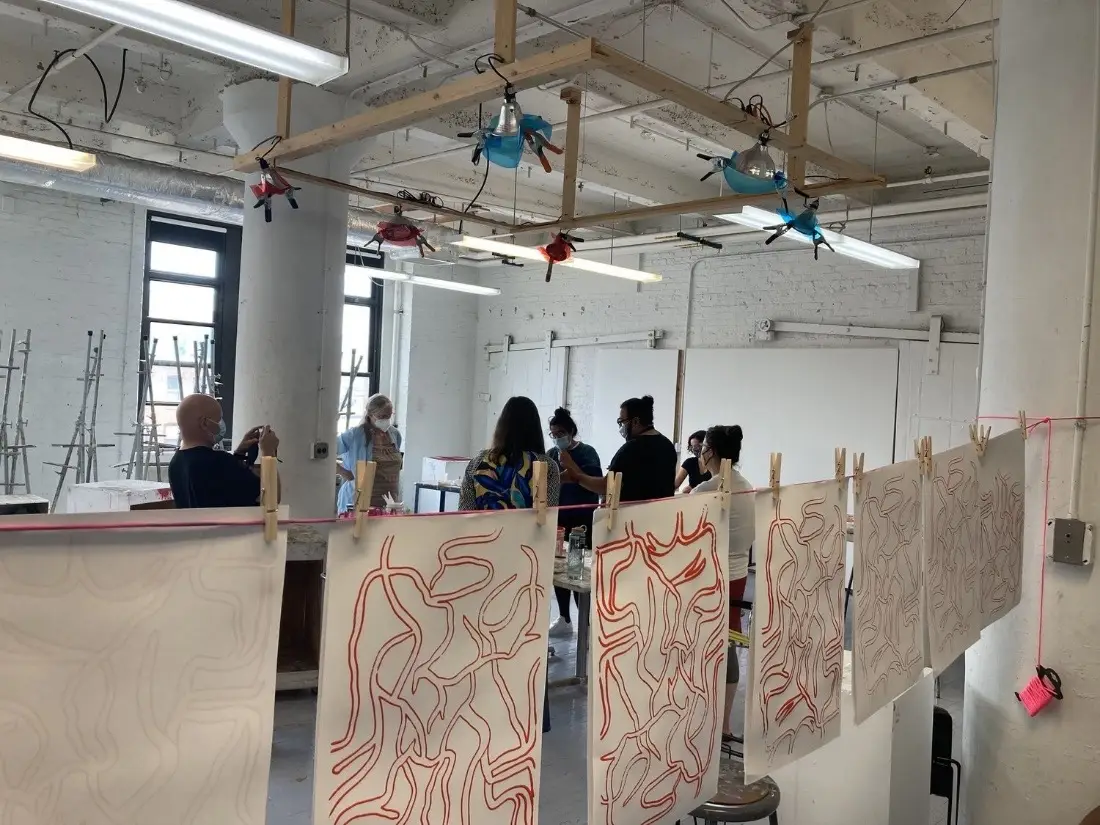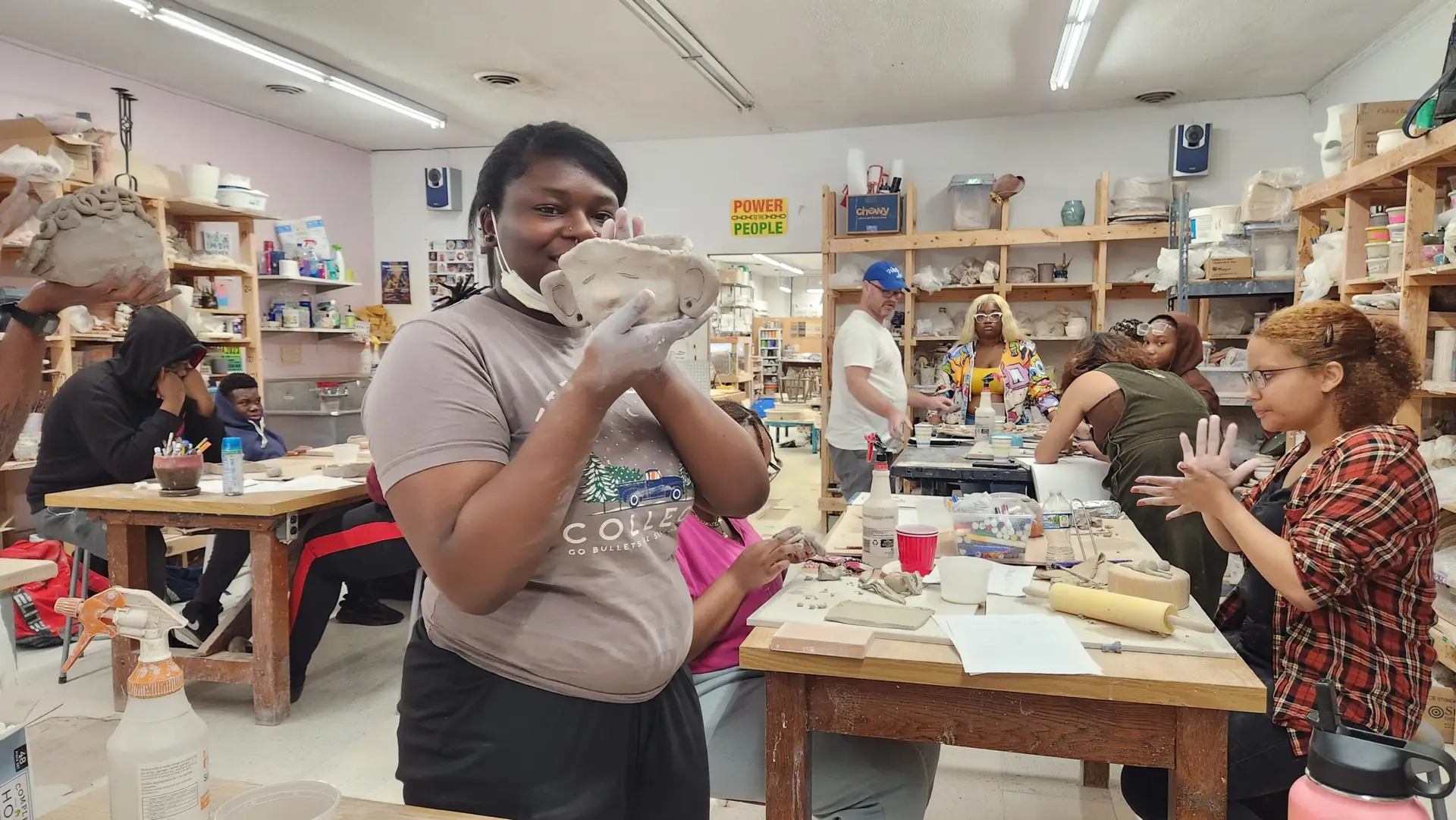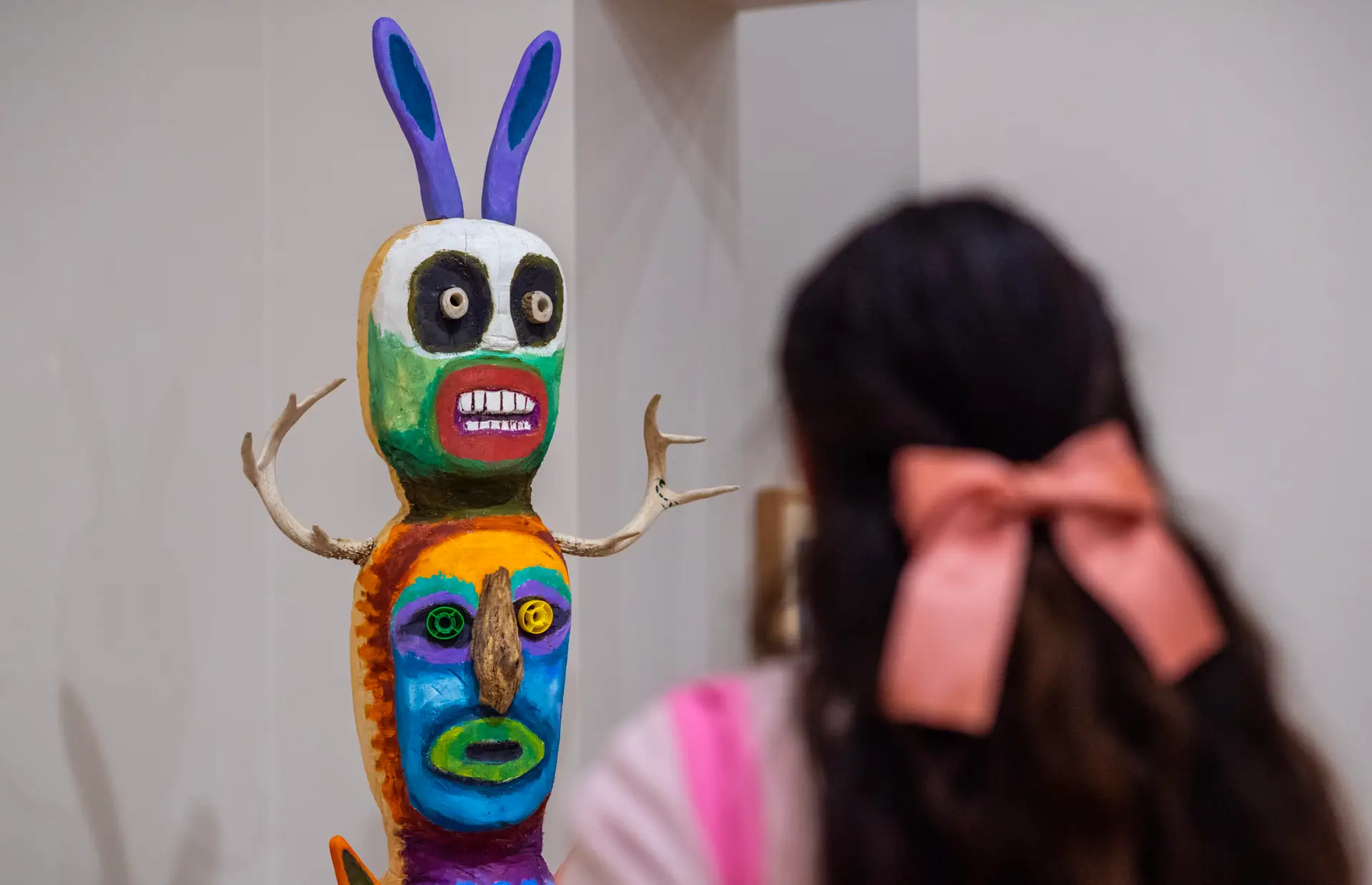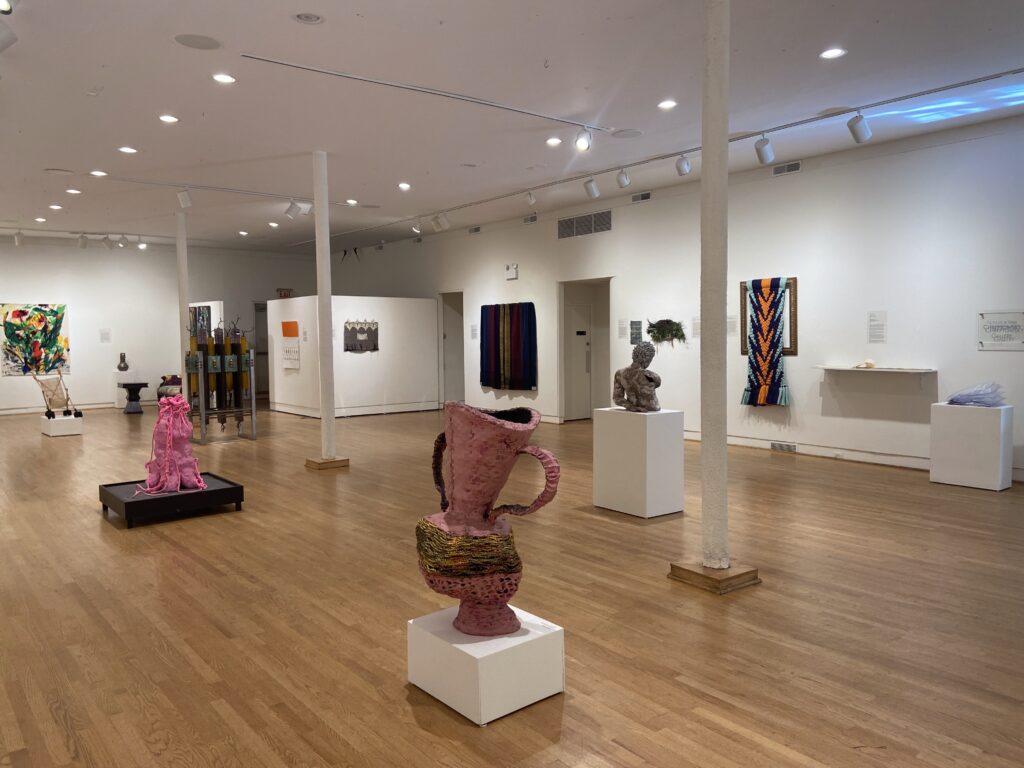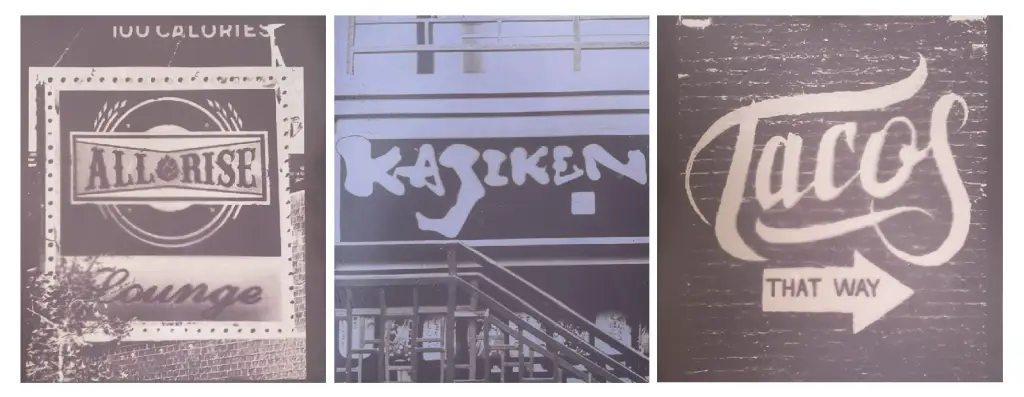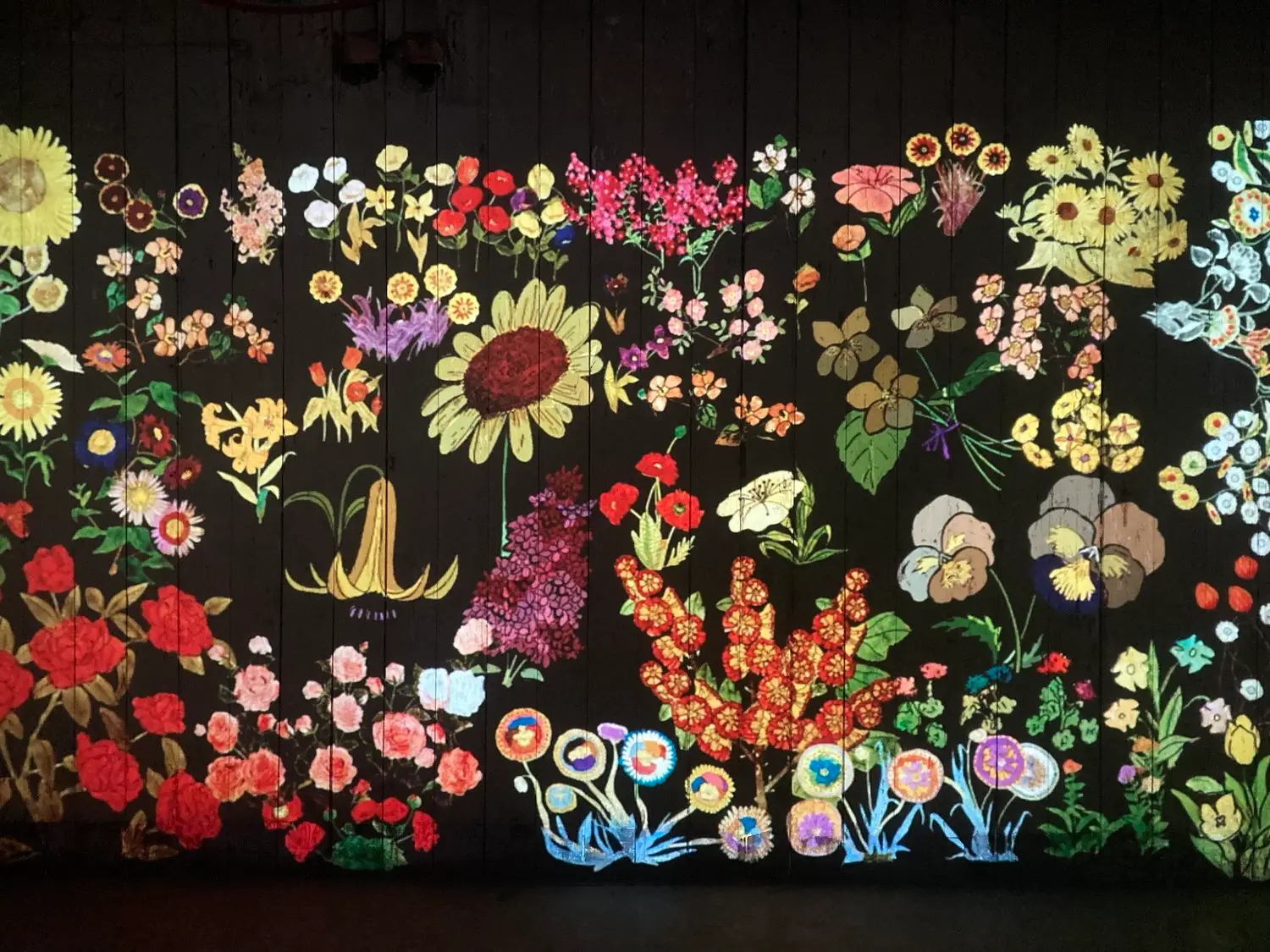The story of UIC Gallery 400’s exhibition, Learning Together: Art Education and Community, is as much about process and collaboration as it is about the art and narratives it showcases. The exhibition explores the untold stories of Chicago’s progressive art education practices, tracing their evolution from early 20th-century initiatives like Hull House to contemporary efforts. Led by a small yet dedicated team, the project exemplifies the power of community, shared histories, and the commitment to documenting Chicago’s artistic and educational legacy.
At its heart, Learning Together examines how art educators and students have fused their practice with movements for social justice, access, and self-determination. The exhibition unfolds through a rich tapestry of materials: collaborative artworks by students and educators, sketchbooks, ephemera, and images of public artworks installed in K-12 schools. These are thoughtfully paired with works by teaching artists inspired by their partnerships with Chicago’s youth. Institutions such as Pilsen’s Pros Arts Studio, the South Side Community Art Center, Little Black Pearl, Gallery 312, and Yollocalli Arts Reach contribute to this narrative of pedagogical innovation.
Among the many highlights is Pros Arts Studio’s transformative work in citywide schools, organizing Día de los Muertos parades, and pioneering the Kids on TV program—a live television series that engaged students in readings, puppet shows, and discussions on pressing social issues. Another standout is Faheem Majeed’s work inspired by Margaret Taylor-Burroughs’ legacy. Burroughs, a legendary figure in Chicago’s art scene, ensured her prints reached public school students citywide, a legacy Majeed captured through photographs of these prints still displayed in schools like DuSable High.
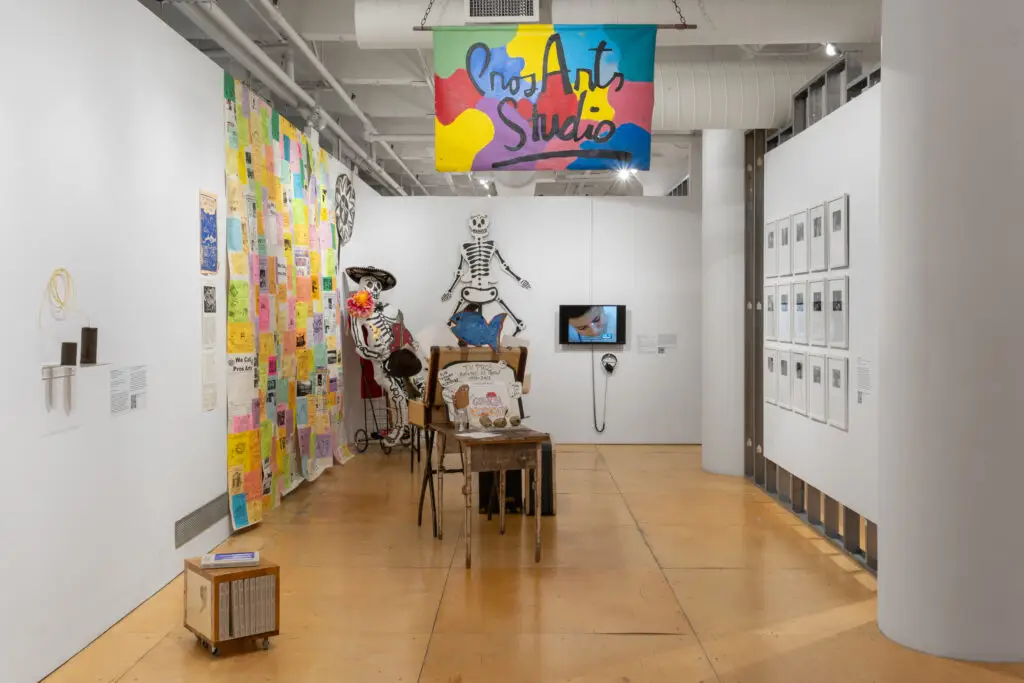
Learning Together installation view, 2024. Photo by Jonas Mikowsch Müller-Ahlheim.
The exhibition’s thematic sections explore Chicago’s art education landscape across key threads:
- Historical Legacy: Bridging early contributions by African American artists and educators, such as Margaret Burroughs, with their impact on public education and community art.
- Participatory Art: Celebrating projects like Mathias “Spider” Schergen’s Cabrini-Green Memory Museum, emphasizing art’s role in community-building.
- Arts Integration: Showcasing programs like Spiral Workshop, where contemporary art practices challenge traditional notions of design and form.
- Museological Perspectives: Examining how educators incorporate museum practices into classrooms to connect students with broader cultural contexts.
The seeds for Learning Together were planted during the tumultuous summer of 2020, amid the Covid-19 pandemic and urgent social justice conversations. As artists grappled with online teaching challenges, a series of virtual convenings titled “Pandemic Lessons” emerged. These dialogues laid the foundation for the exhibition, sparking the idea to chronicle Chicago’s history of art education. Collaborations with partners like Ross Jordan at the Jane Addams Hull-House Museum strengthened the project. While Hull-House focused on early 20th-century initiatives for their concurrent exhibition, Radical Craft: Art Education at Hull House, 1889-1935, Gallery 400 explored contemporary narratives, creating linked but distinct exhibitions.
Echoes of Education: Oral Histories in Focus
Oral histories became the backbone of the project, serving as a powerful method to capture personal narratives and provide a nuanced understanding of Chicago’s art education history. Lorelei Stewart, Director at UIC Gallery 400, valued this approach for its ability to preserve voices often absent from traditional archives, creating a living repository for future generations. These oral histories also fostered trust and connection, offering participants a platform to share their experiences in their own words. Beyond documentation, the method allowed the exhibition to reflect the collaborative and participatory essence of art education, transforming it into a dynamic narrative. Stewart saw this process as not just a tool for research but as a vital way to inspire and engage both the current audience and those who will continue to build on this foundational work. “This is the first time anyone’s done this research,” she notes.
Over 40 interviews were conducted, uncovering personal and collective histories of art education. These stories not only informed the exhibition but were also preserved for future researchers. Research fellows like Sophia Gabrielle played pivotal roles, analyzing networks and timelines that shaped the field. Initially, the exhibition was conceived around Chicago’s neighborhoods. However, as the oral histories unfolded, the team shifted to a thematic and pedagogical approach. Stewart emphasized the participatory essence of this process: “We wanted to document not just objects but the practices and networks that shaped art education in Chicago.”
The Role of Public Schools in Art Education
Gallery 400’s location at the University of Illinois Chicago (UIC) further shaped the exhibition’s ethos. As a public research university committed to access and diversity, UIC’s values are embedded in the gallery’s mission. Programs like “Grow Your Own” exemplify this commitment, bringing community members into art education and preparing them to give back to their neighborhoods. “UIC reflects the city in all its breadth,” Stewart explains. “Our work needs to connect to the student body and larger communities UIC serves.”
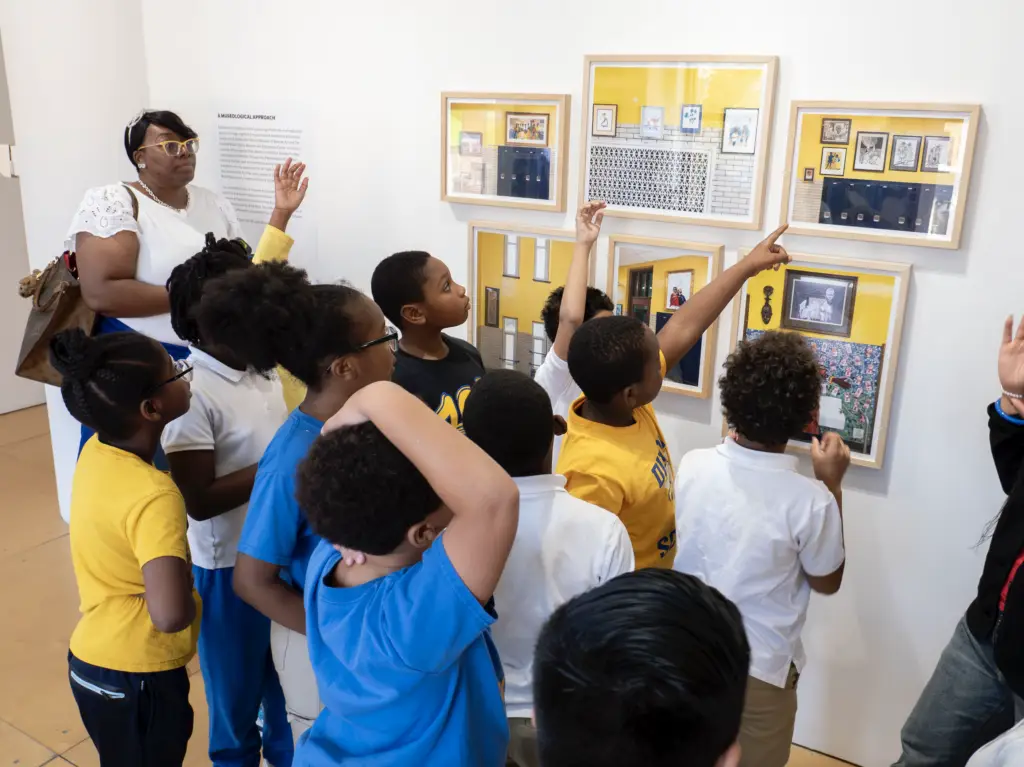
Dixon Elementary School students visit Learning Together. Photo courtesy of Gallery 400.
The exhibition’s impact extends beyond the gallery walls. Field trips brought together students from diverse neighborhoods, fostering connections and mutual understanding. For me, one of the most powerful moments came when Stewart, along with Assistant Director at UIC Gallery 400, Denny Mwaura, shared stories about student visits to the exhibition. One memorable collaboration involved students from Chatham and Midway’s Pastore Elementary creating wearable art inspired by the exhibition. “These kids literally saw themselves in the exhibition,” Mwaura reflects. “They were connecting across divides, sharing their experiences, and imagining futures together.”
Students didn’t just visit—they contributed, too. Curricula created by UIC students were incorporated into the exhibition and made available as resources for educators. “It’s about centering the next generation,” Stewart emphasized. “Their voices matter.”
Challenges in Documenting and Exhibiting Educational Practices
Of course, this work wasn’t without challenges. Documenting something as ephemeral as classroom practices is inherently difficult, as much of what defines art education exists in processes and relationships rather than physical objects. Stewart highlighted the tension between traditional expectations for exhibition checklists and the need to showcase practices over products. While understandable, the checklist requirement created a challenge in conveying the value of art education’s intangible aspects. Stewart reflected, “We felt pressured to demonstrate the worth of our project through tangible objects, but this process ultimately pushed us to engage more deeply with archives and artist studios.”
The organic evolution of the exhibition’s object selection also posed unique challenges. Rather than beginning with a predefined set of artifacts, the team engaged extensively with archives, artists’ studios, and educators to uncover materials that aligned with the exhibition’s themes. This adaptive and exploratory approach highlighted the fluid and responsive nature of curatorial work.
The limitations of part-time fellowships also shaped the project. Stewart noted that the fellows’ contributions were invaluable, but turnover was inevitable, as many had to leave for full-time roles or personal commitments. Despite this, each fellow—from conducting oral histories to connecting with archives and conceptualizing the physical space—brought significant dedication and expertise to the project, underscoring the collaborative effort behind the exhibition.
Another key challenge was balancing the need to document educational practices while respecting the integrity of the schools and educators involved. One of the most striking aspects of Learning Together is its ethical approach to curatorial decisions. Stewart emphasized the importance of ensuring that artworks, such as those at Dixon Elementary, remained in their home space. Instead of relocating them for the exhibition, creative solutions like photographing the works and documenting them in situ allowed the team to represent these practices while preserving their intended impact in their educational environments. Stewart explained, “Taking the work out of its original context would have undermined its purpose. It belongs in those schools, in those communities.”
This pivot led to a stronger focus on process rather than product. Instead of centering on artifacts, the exhibition emphasizes the networks and relationships that define art education. Mwaura described it as, “not a conventional exhibition,” but rather a tribute to the practices and people shaping Chicago’s art education legacy. Despite the challenges, the team’s commitment to documenting and celebrating these practices resulted in a dynamic and reflective experience for visitors.
Accompanying the exhibition is a forthcoming 70-page catalog and a free teaching toolkit developed with UIC’s Department of Art Education, equipping arts educators with practical tools and inspiration. This collaboration at the core of the Art Design Chicago initiative underscores the exhibition’s broader goal: to serve as a catalyst for future projects and to ensure that the stories of Chicago’s art education pioneers inspire generations to come. At its core, Learning Together is about connection and creating spaces for shared learning and conversation. Stewart aptly summarized its mission: “It’s about more than art. It’s about building relationships and imagining new possibilities.”
Learning Together: Art Education and Community continues at Gallery 400 through March 15, 2025.
ABOUT THE AUTHOR

Fariha Koshul
Fariha Koshul, a Chicago-based writer for Terra Foundation for American Art, combines her academic training in ethics, anthropology and sociology with practical experience in digital curation, collections management and archiving. Her time at the University of Chicago involved leading research projects and collections care aimed at incorporating ethical practices in diverse cultural contexts. Fariha’s work is marked by a deep commitment to an understanding of the ethical implications of working with anthropological material, specifically in curatorial and museum spaces, and to the promotion and preservation of cultural, artistic and faith-based narratives and communal and social histories.

